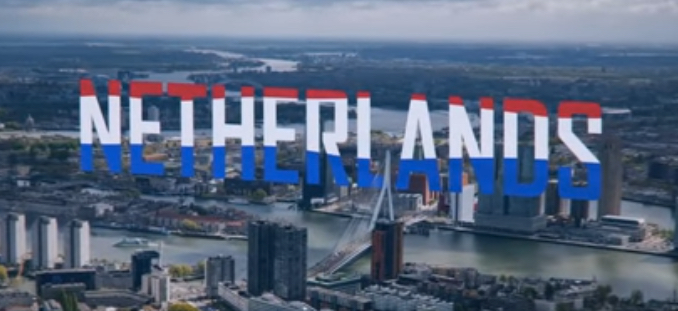
Let’s Go to the Movies: April 5, 2019 - When The Dutch Ruled The World
Become a member: Subscribe
- Money & Markets
- Weekly Solari Reports
- Cognitive Liberty
- Young Builders
- Ask Catherine
- News Trends & Stories
- Equity Overview
- War For Bankocracy
- Digital Money, Digital Control
- State Leader Briefings
- Food
- Food for the Soul
- Future Science
- Health
- Metanoia
- Solutions
- Spiritual Science
- Wellness
- Building Weatlh
- Via Europa
Solari’s Building Wealth materials are organized to inspire and support your personal strategic and financial planning.
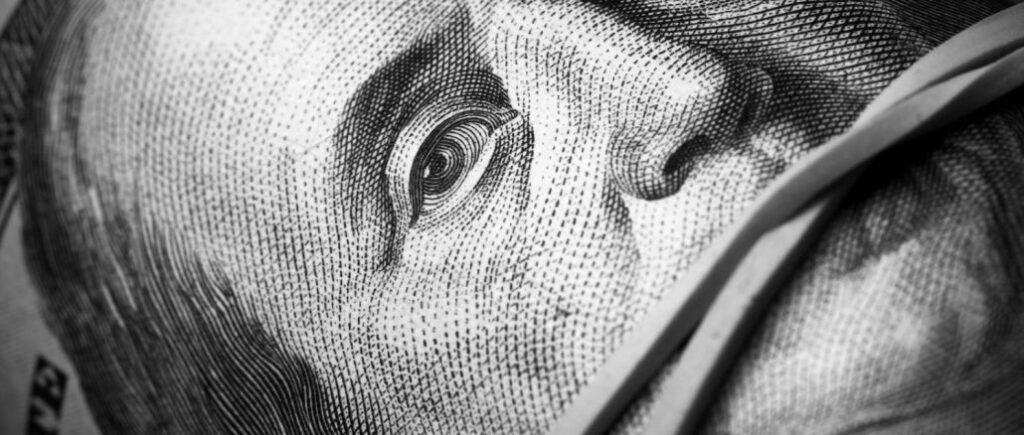
Missing Money
Articles and video discussions of the $21 Trillion dollars missing from the U.S. government
No posts
Your cart is currently empty!
- LATEST
- TOP SECTIONS
- SERIES
- Money & Markets
- Weekly Solari Reports
- Ask Catherine
- News Trends & Stories
- Equity Overview
- Cognitive Liberty
- Building Wealth
- The War for Bankocracy
- Digital Money, Digital Control
- State Leader Briefings
- Food
- Food for the Soul
- Future Science
- Health
- Metanoia
- Solutions
- Spiritual Science
- Wellness
- Via Europa
- BLOGS
- RESOURCES
- COMMUNITY
- My Account
- Log In
- Subscribe
- Search
- Shop
- Support
- Donate
- Log Out
Let’s Go to the Movies: April 5, 2019 – When The Dutch Ruled The World


As we discuss privatization, the use of FASAB 56 to facilitate secret government and corporate finances, and the changing roles of corporations, it is worth revisiting the history of the Dutch East India Company. Like its British competitor, the East India Company, it was authorized by charter to wage war, conquer and occupy territory, and tax.
Related reading:
2 Comments
Comments are closed.
Our mission is to help you live a free and inspired life. This includes building wealth in ways that build real wealth in the wider economy. We believe that personal and family wealth is a critical ingredient of both individual freedom and community, health and well-being.
Nothing on The Solari Report should be taken as individual investment, legal, or medical advice. Anyone seeking investment, legal, medical, or other professional advice for his or her personal situation is advised to seek out a qualified advisor or advisors and provide as much information as possible to the advisor in order that such advisor can take into account all relevant circumstances, objectives, and risks before rendering an opinion as to the appropriate strategy.
Be the first to know about new articles, series and events.

2 Comments
-
At time 5.30 in this video it states that in the 17th century The Dutch East India Company traded silks from India with Japan in exchange for Japan’s famous and crucial supply of silver. My understanding is that in the 17th century, Japan was a poor and feudal country. It was only during the Meiji restoration that Japan became an economic power leading to the defeat of Russia in 1904.
I have never heard of the “famous and crucial” supply of Japanese silver. Where can I learn more about this? -
At time 5.30 in this video it states that in the 17th century The Dutch East India Company traded silks from India with Japan in exchange for Japan’s famous and crucial supply of silver. My understanding is that in the 17th century, Japan was a poor and feudal country. It was only during the Meiji restoration that Japan became an economic power leading to the defeat of Russia in 1904.
I have never heard of the “famous and crucial” supply of Japanese silver. Where can I learn more about this?
Comments are closed.


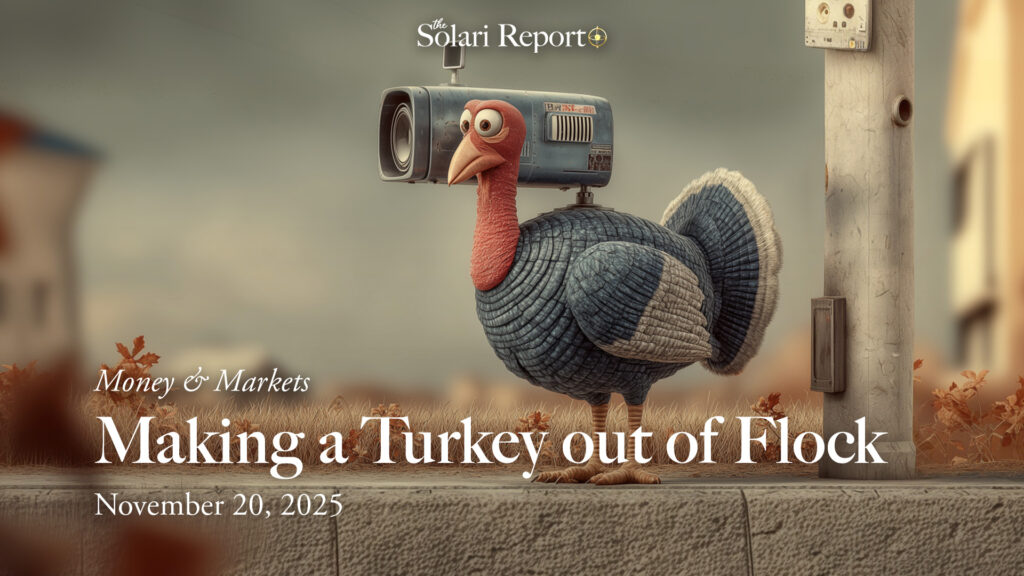
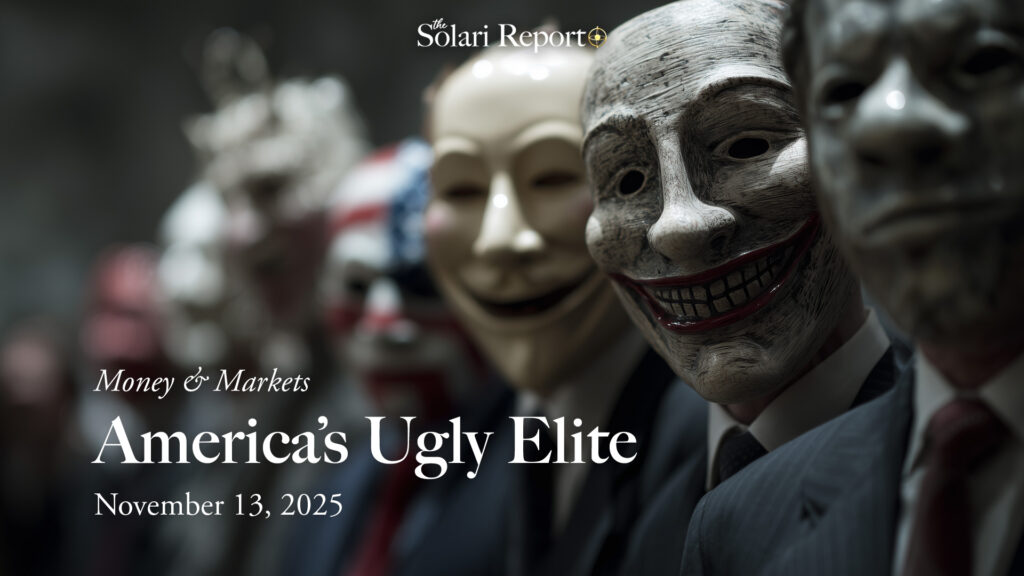



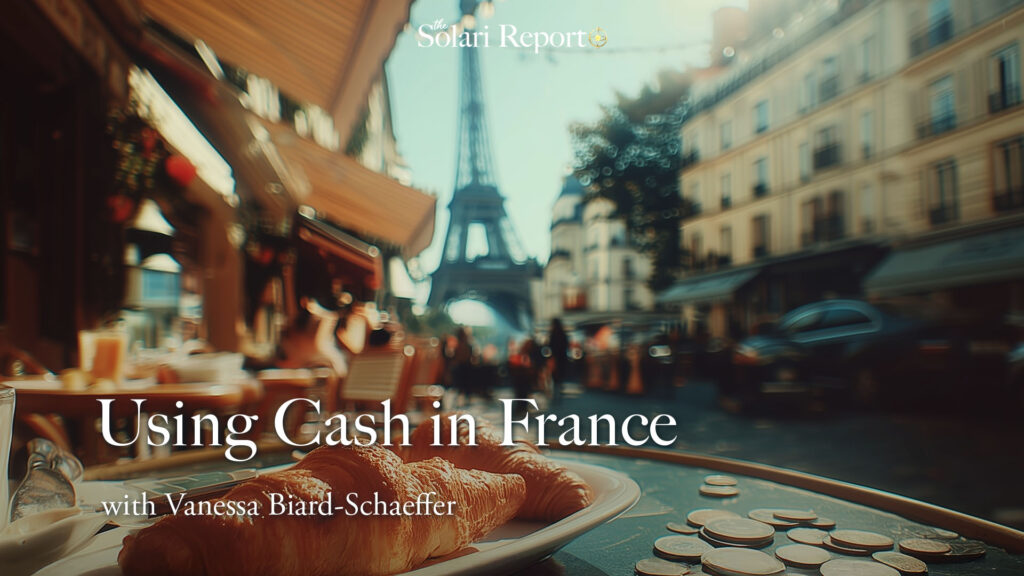

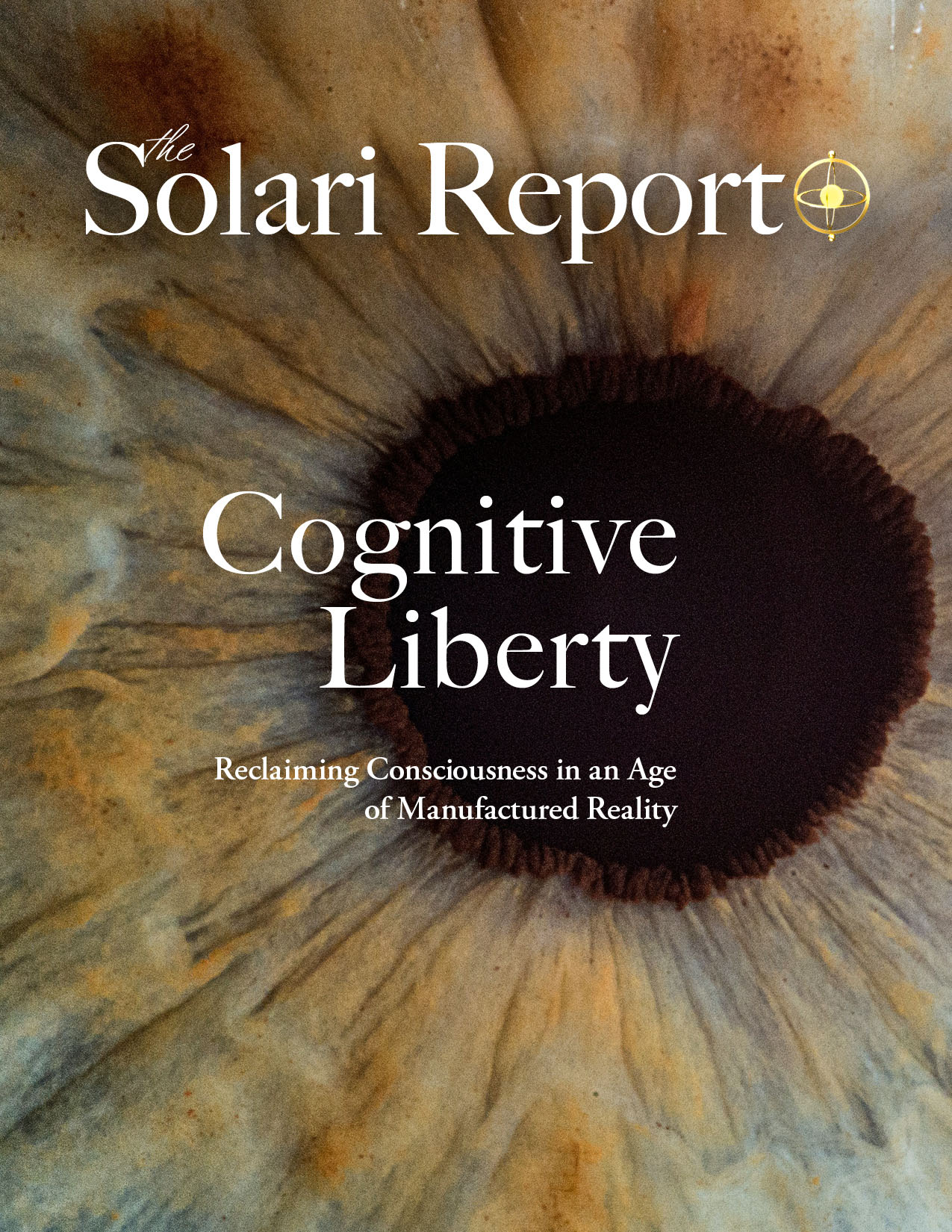
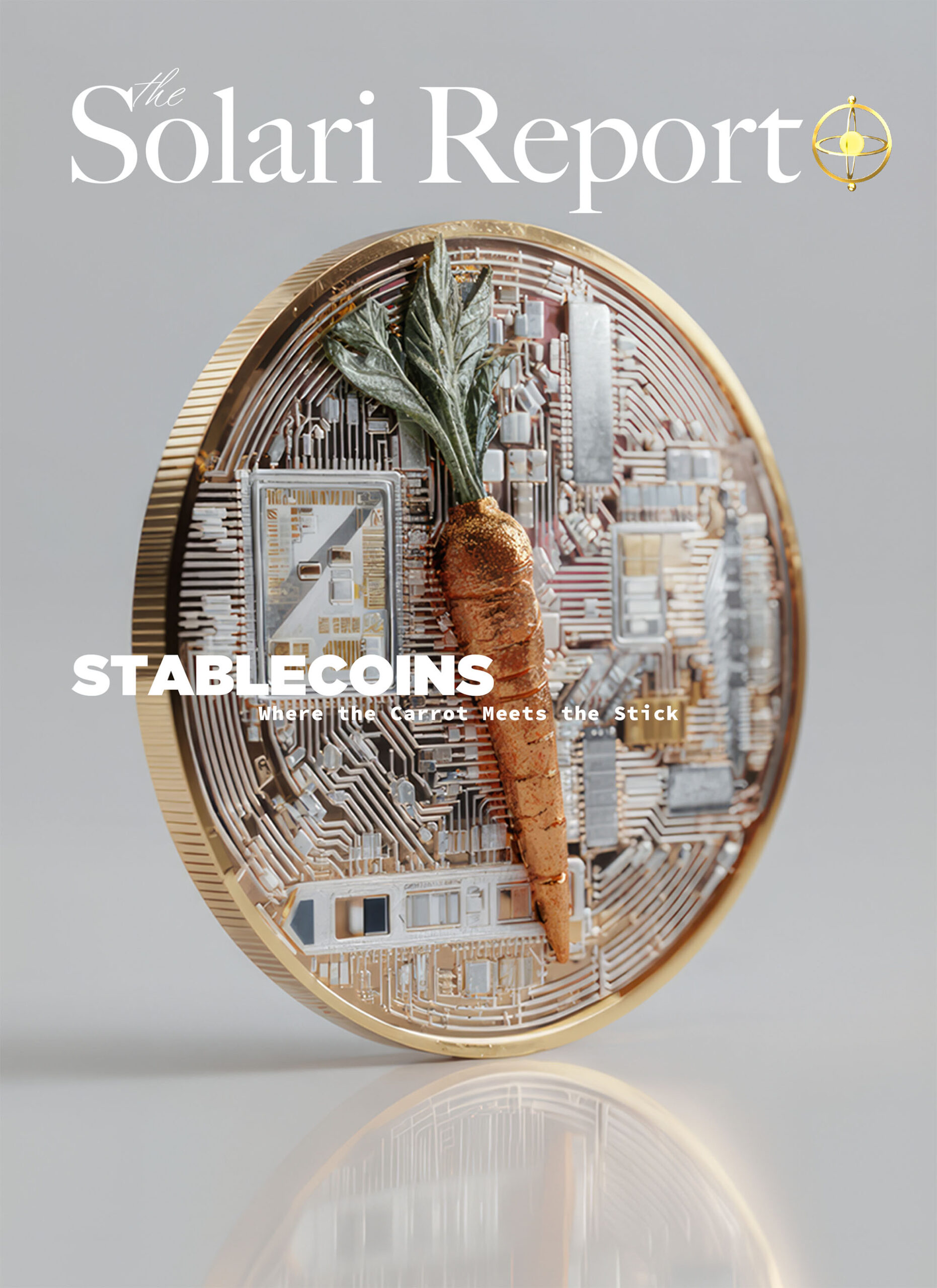
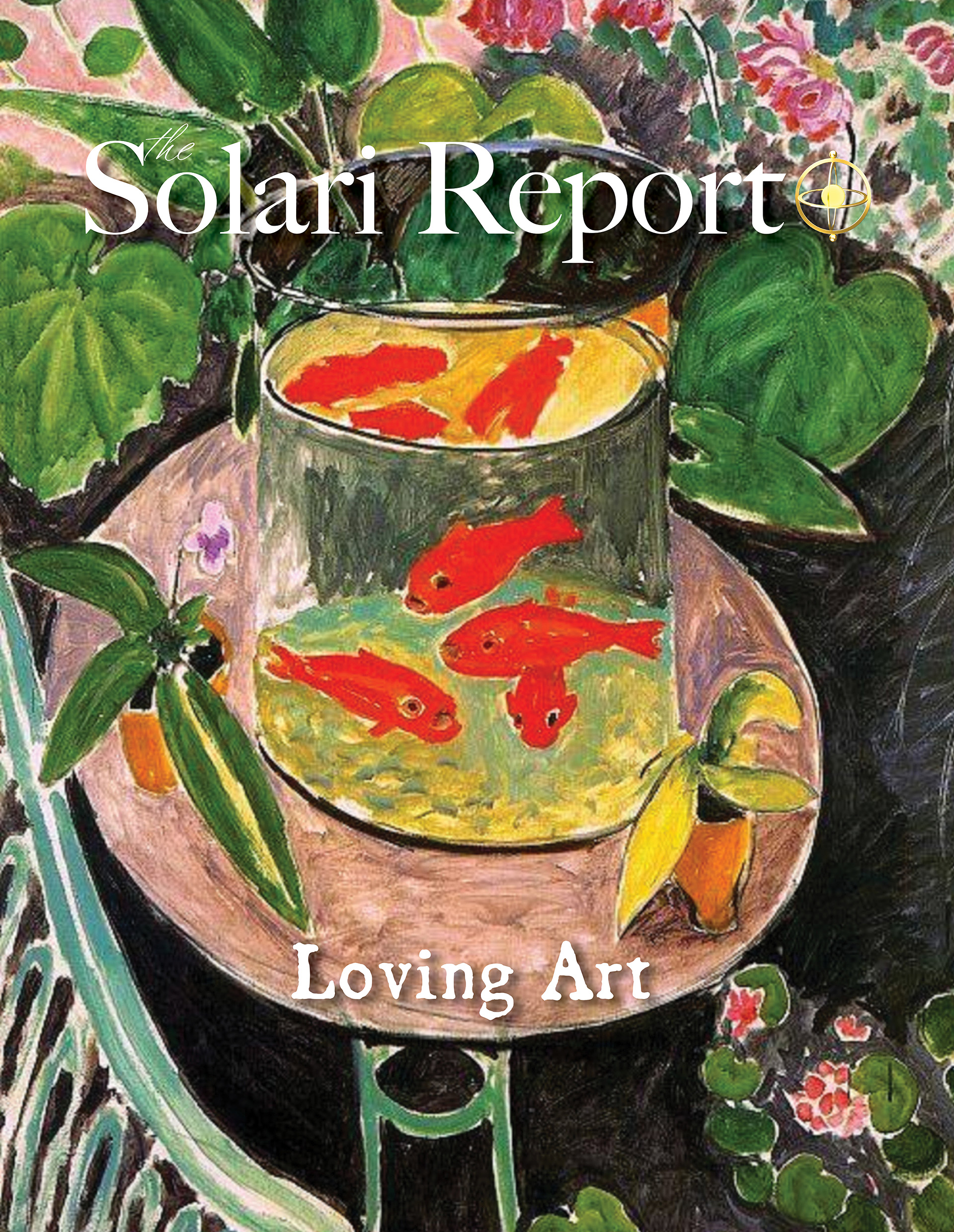
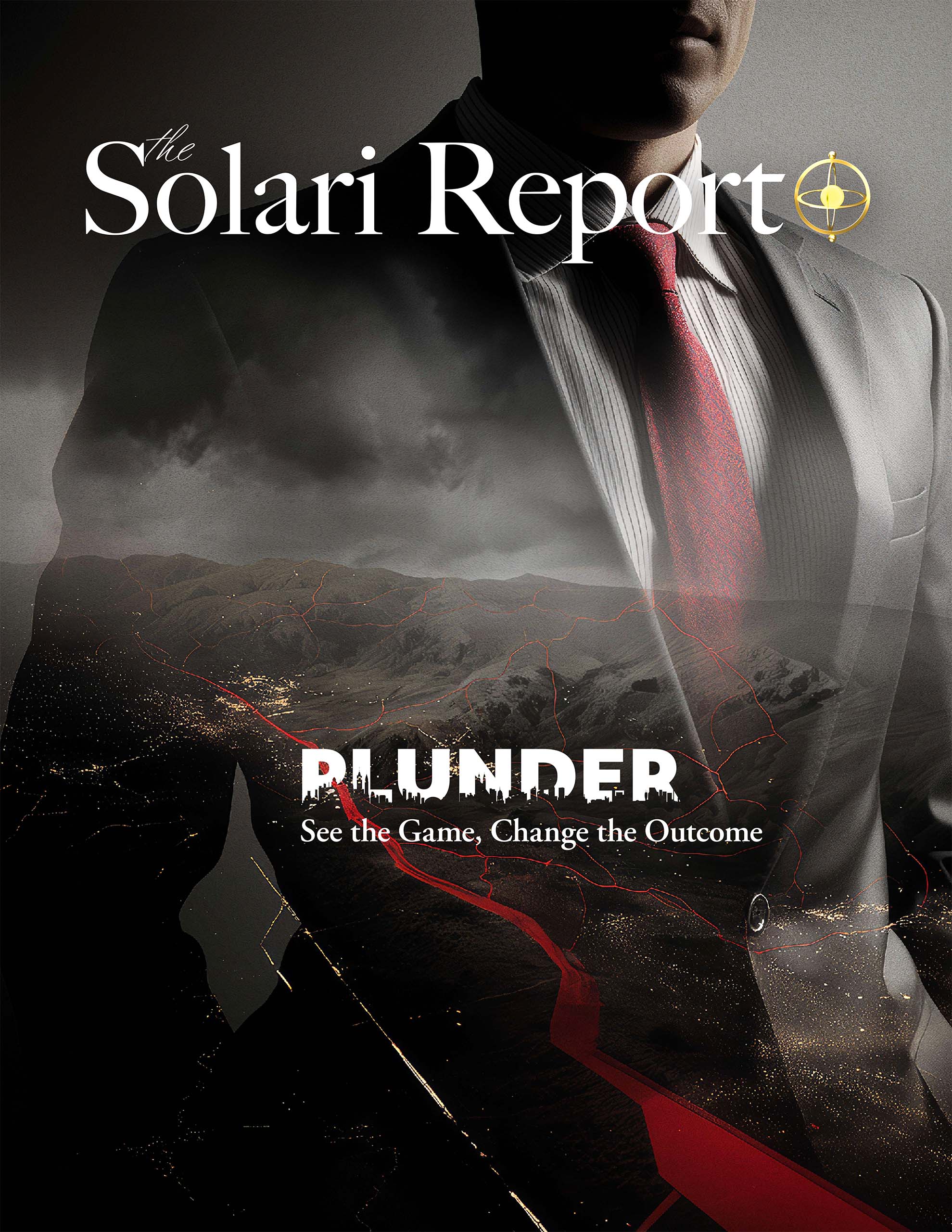

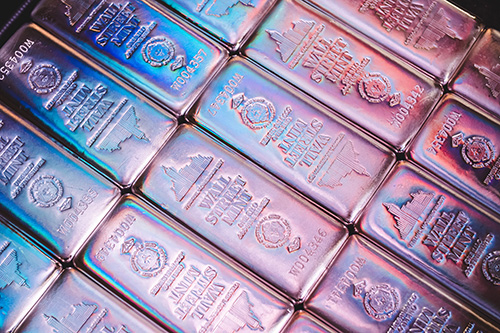
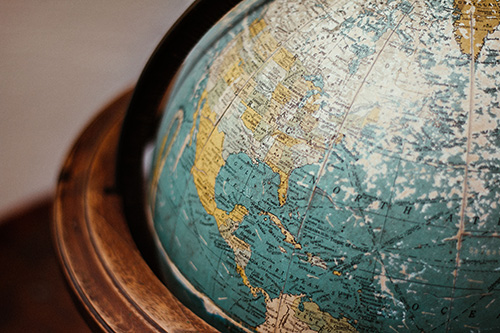
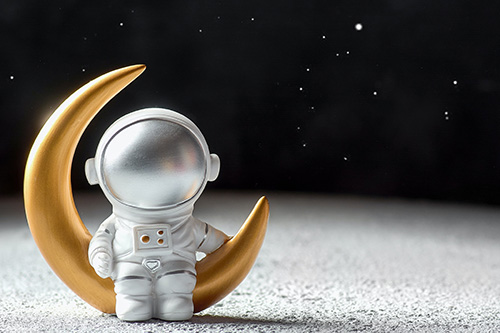




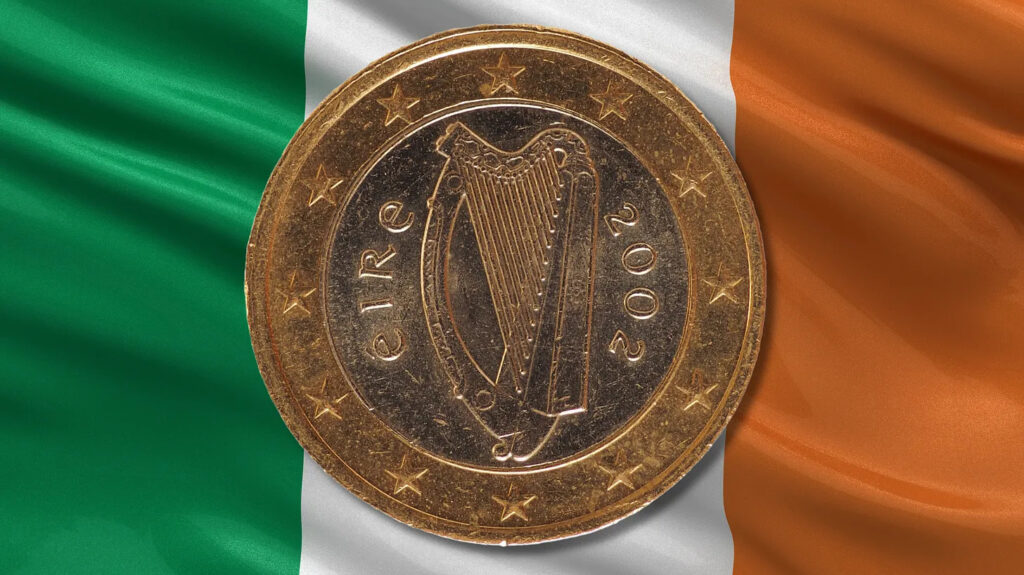


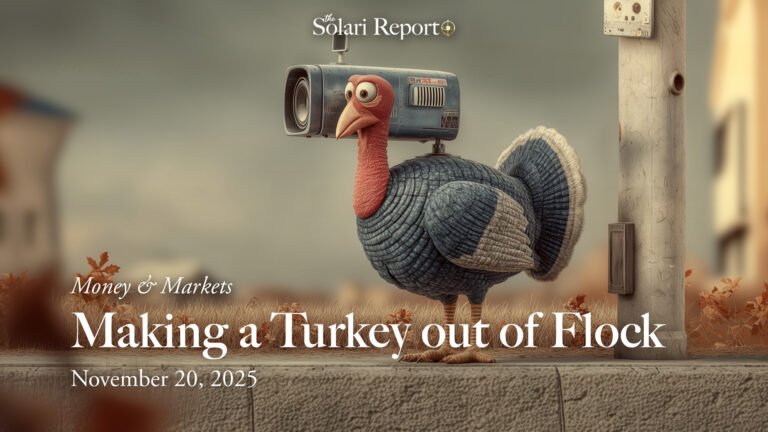
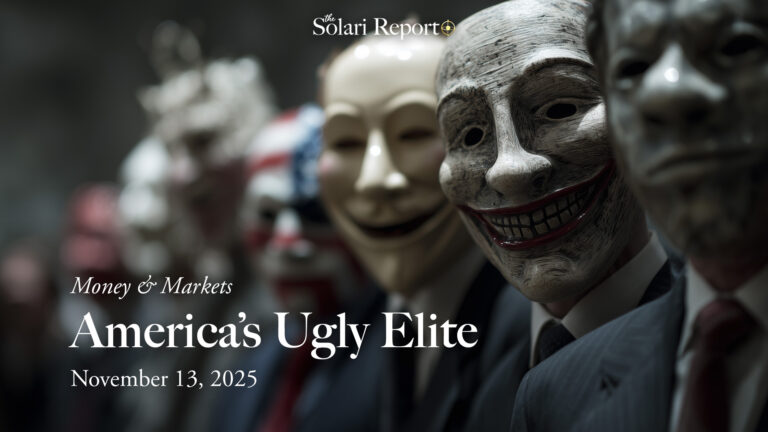

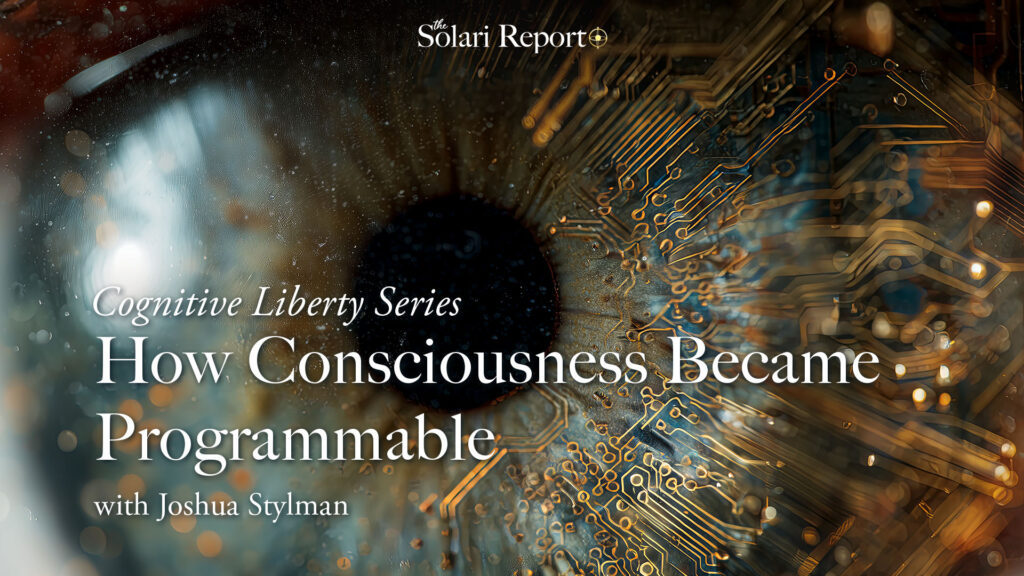
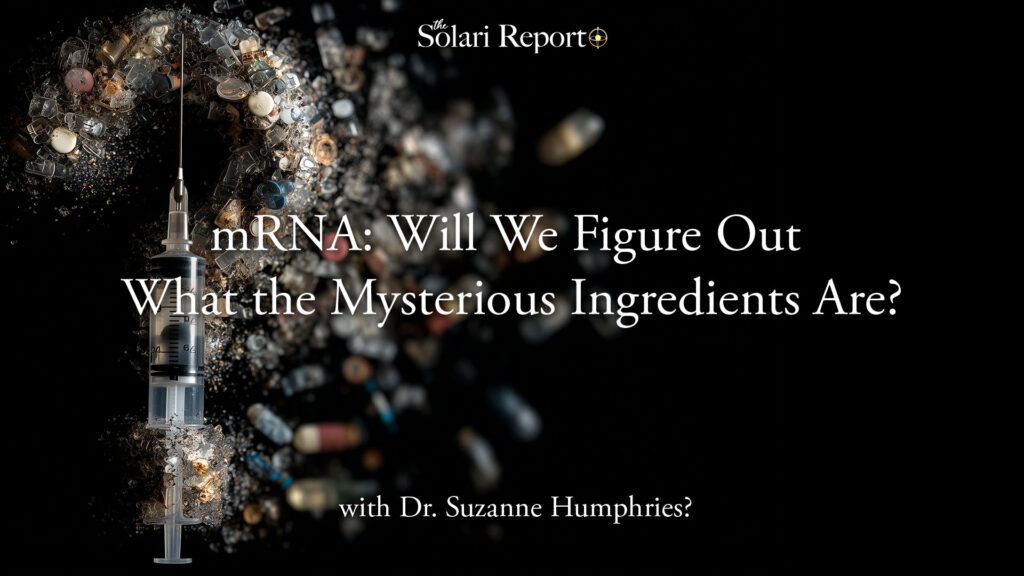



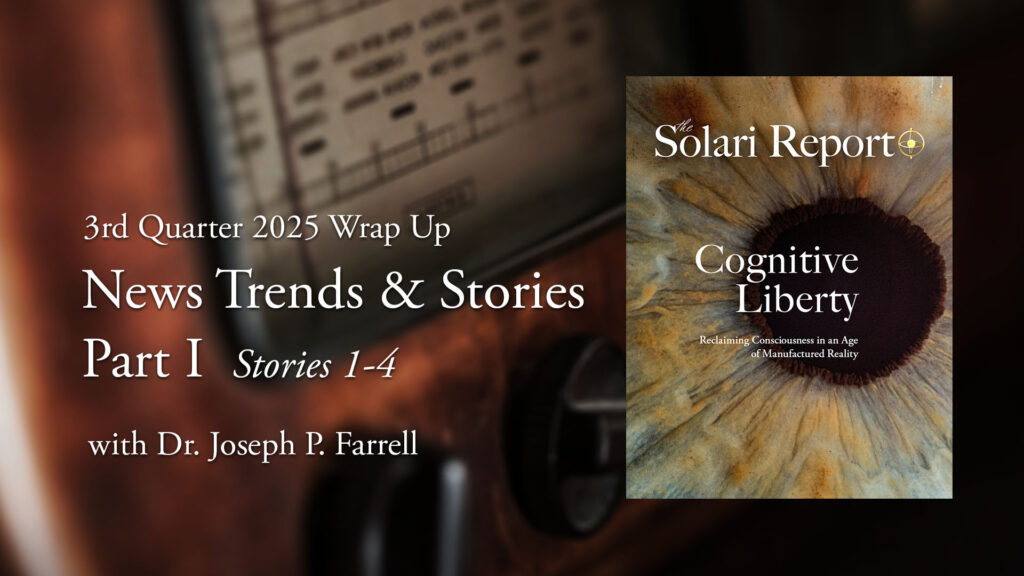

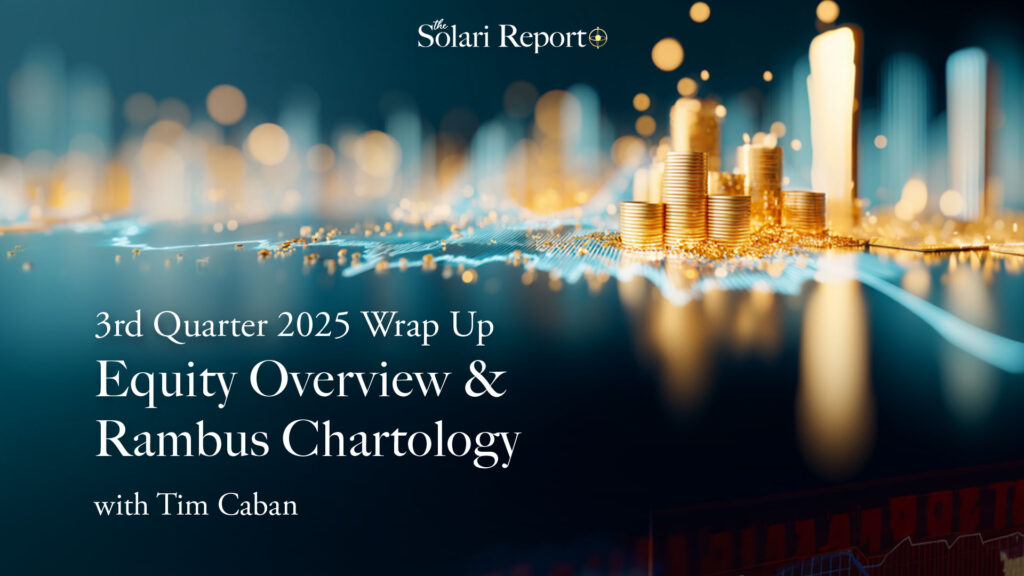
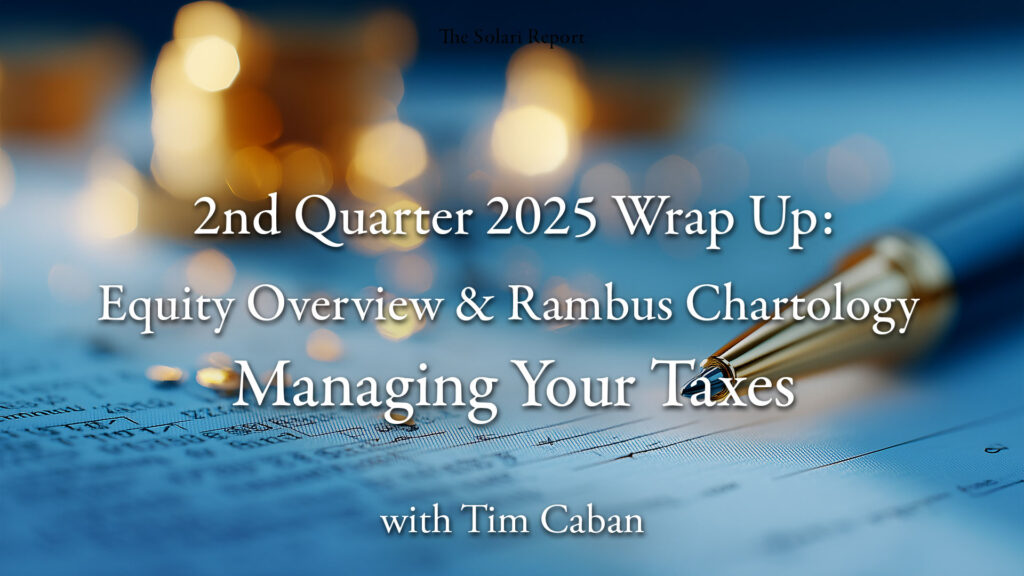

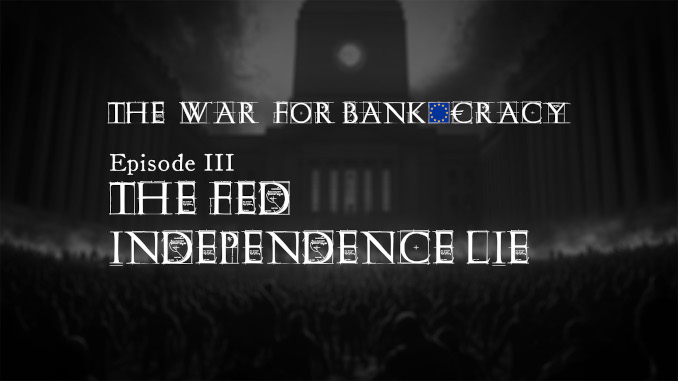
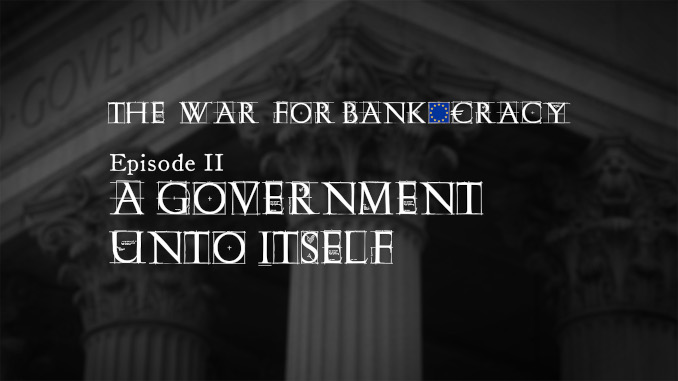


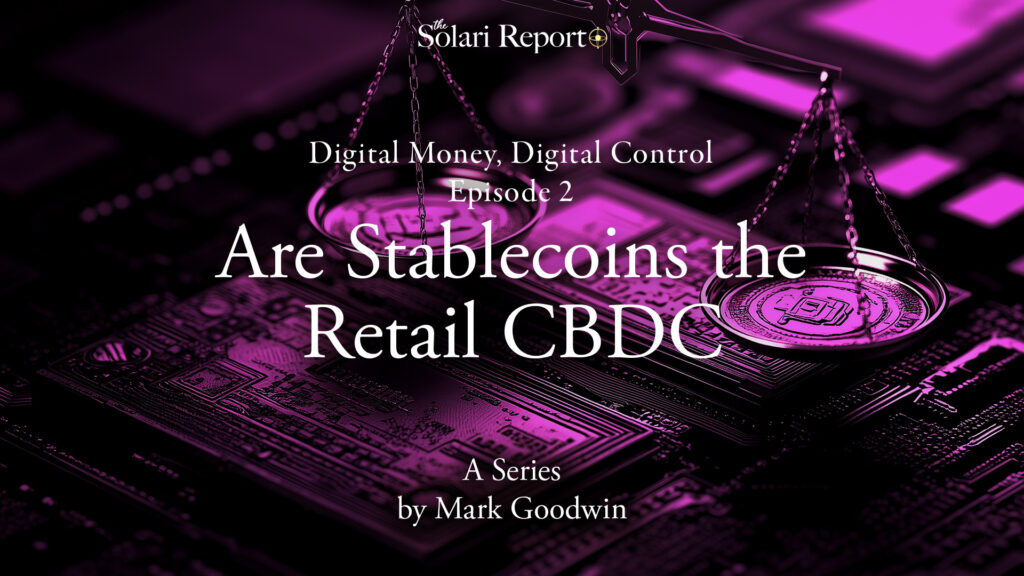
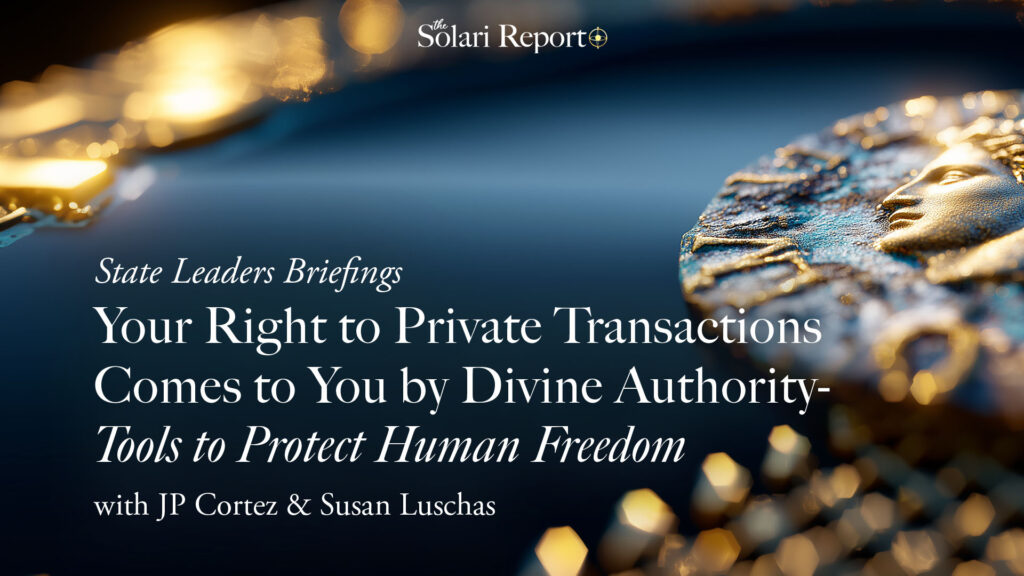






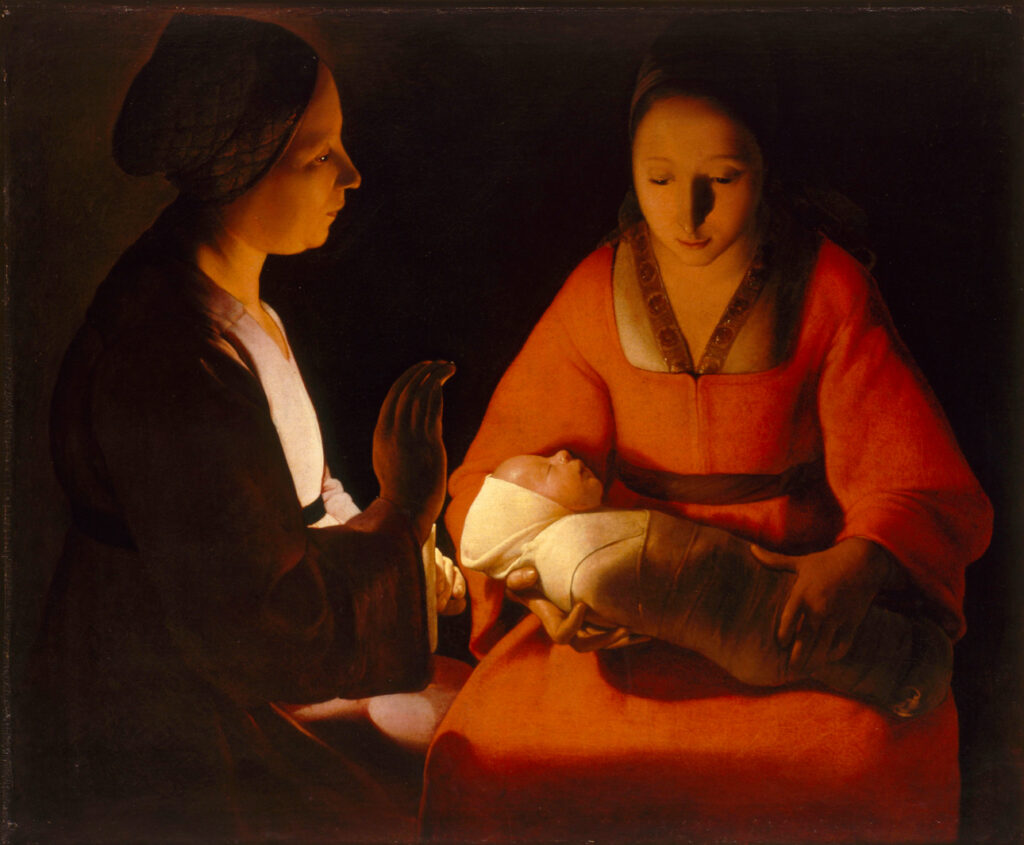



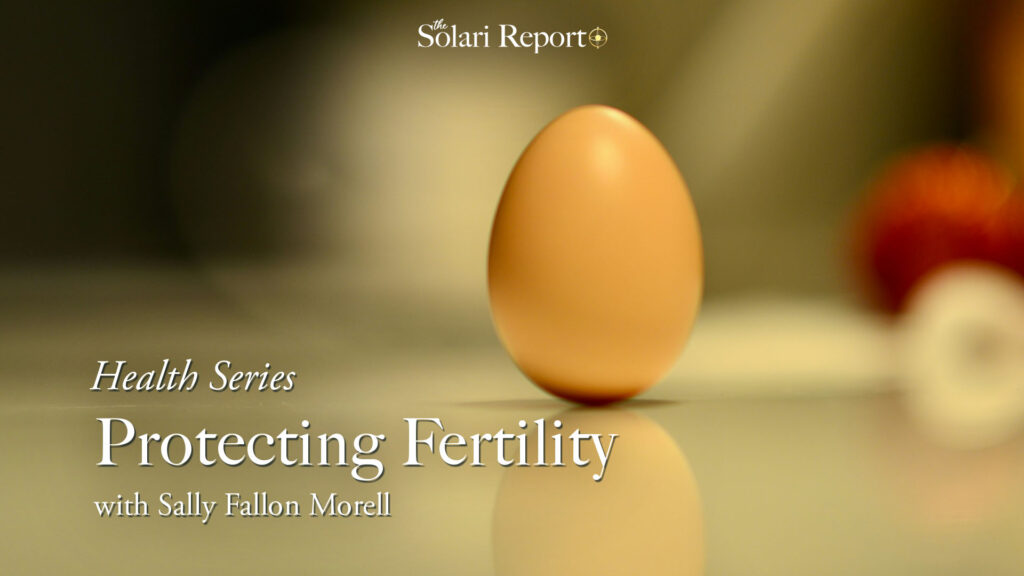

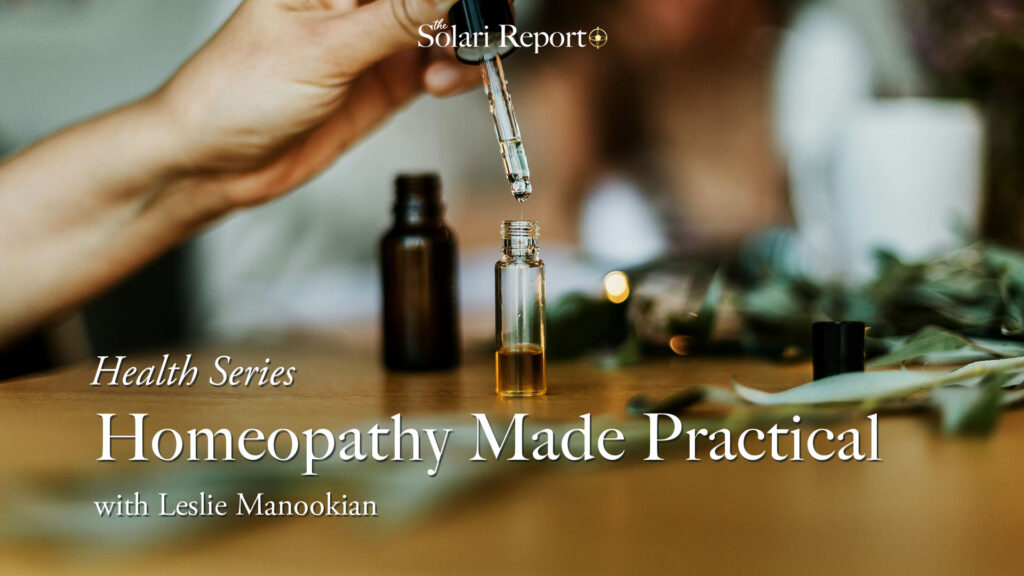
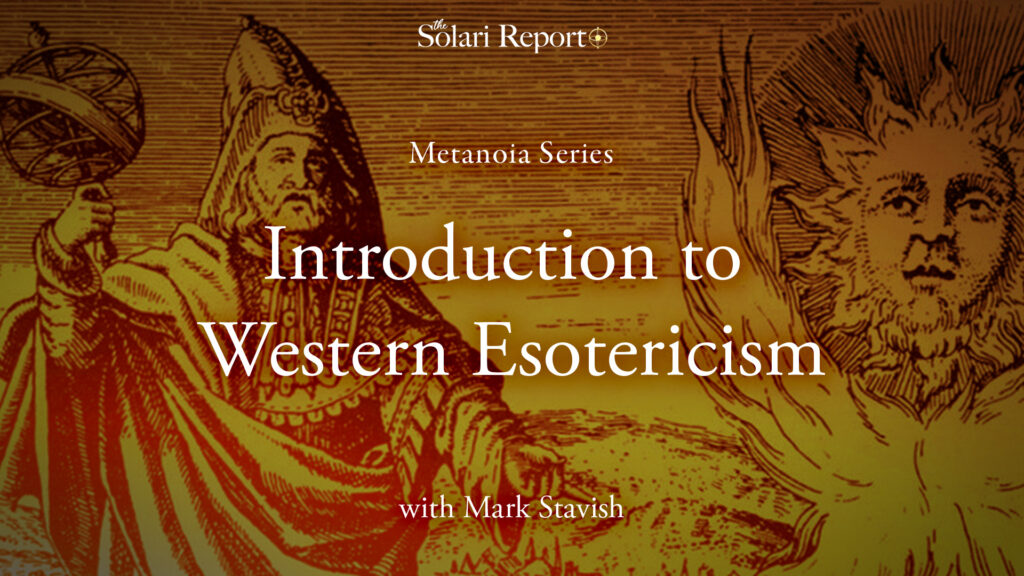
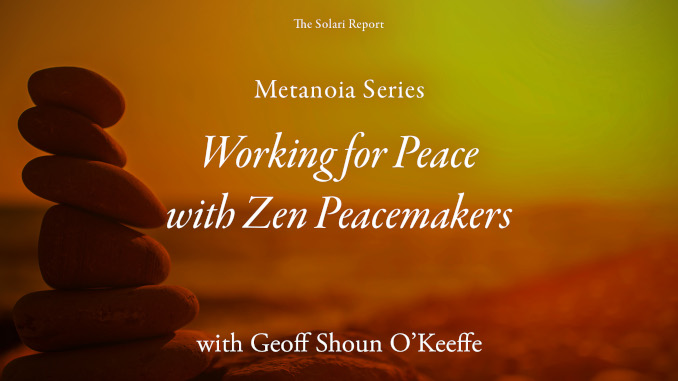




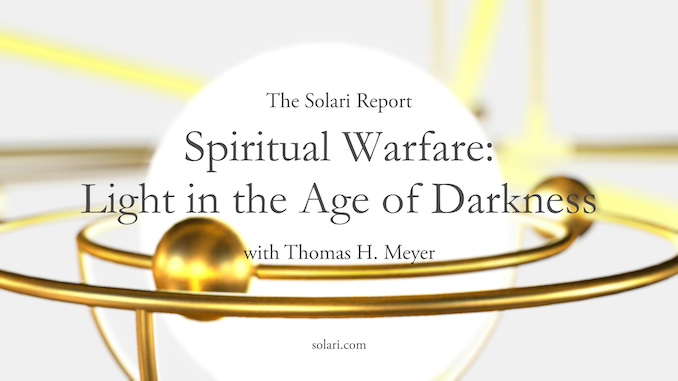

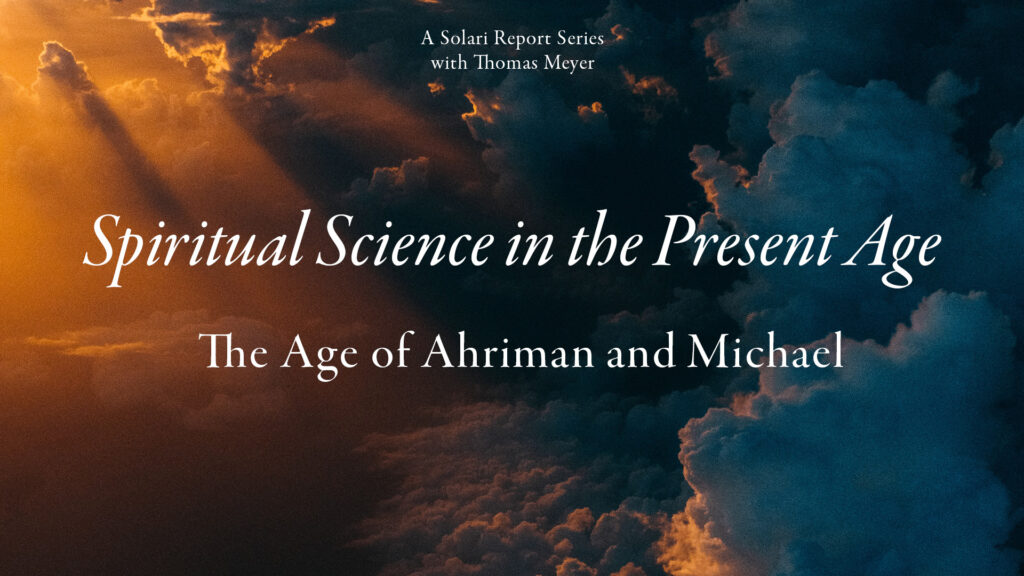


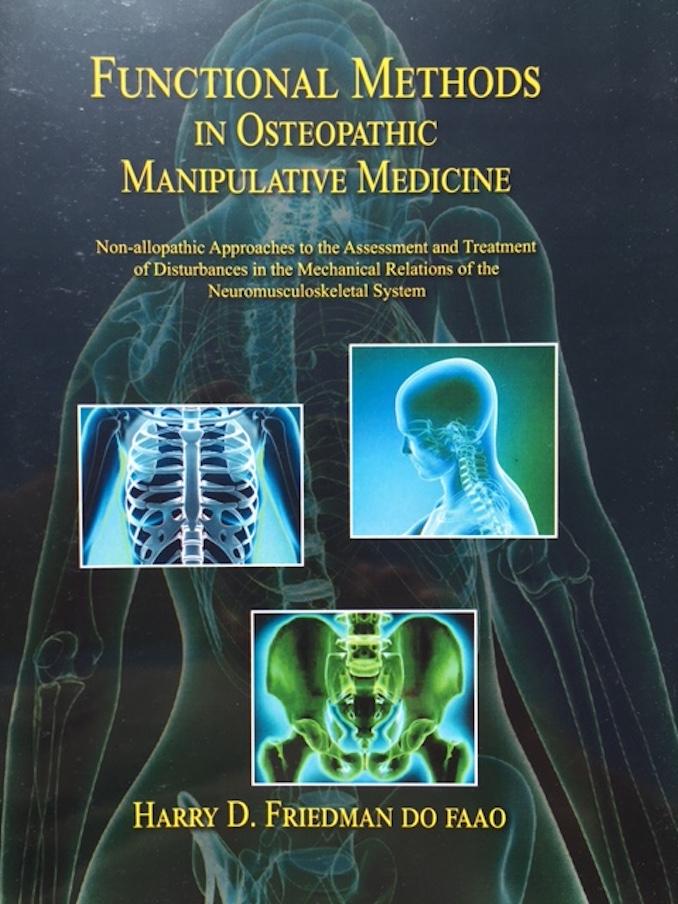






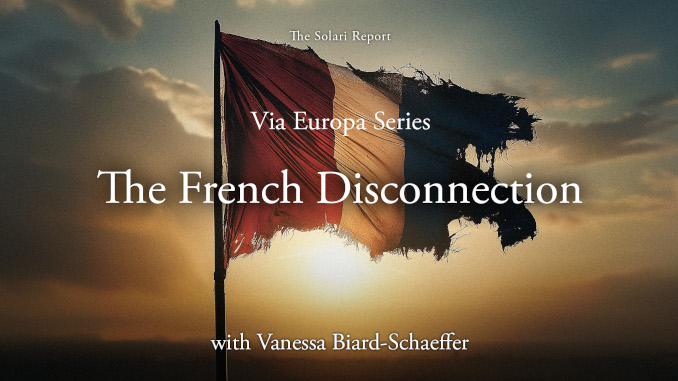

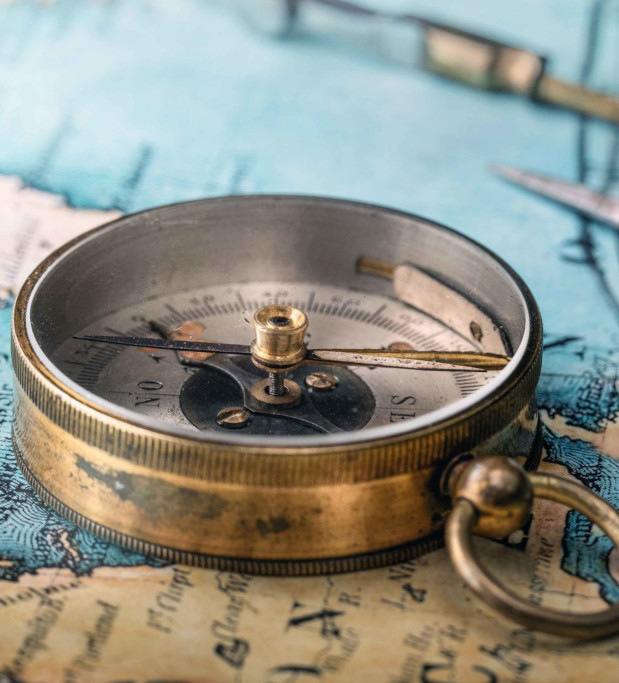



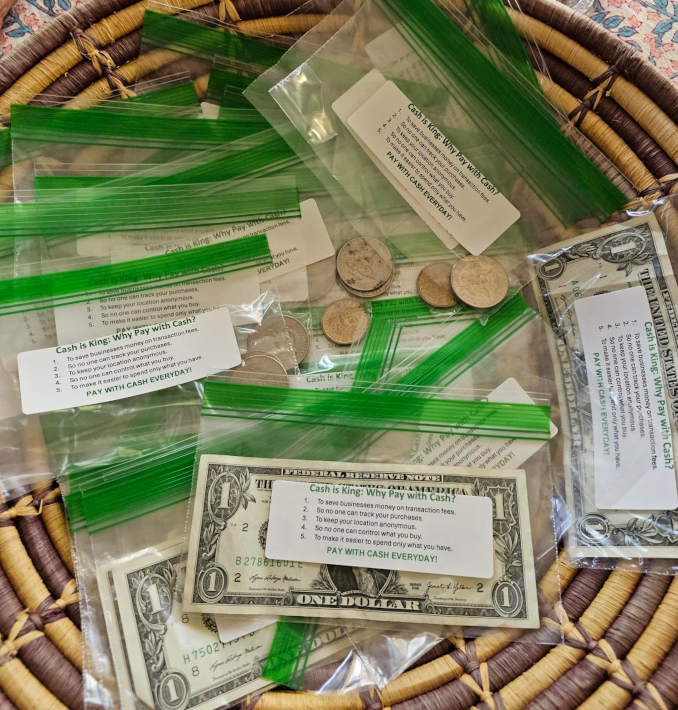
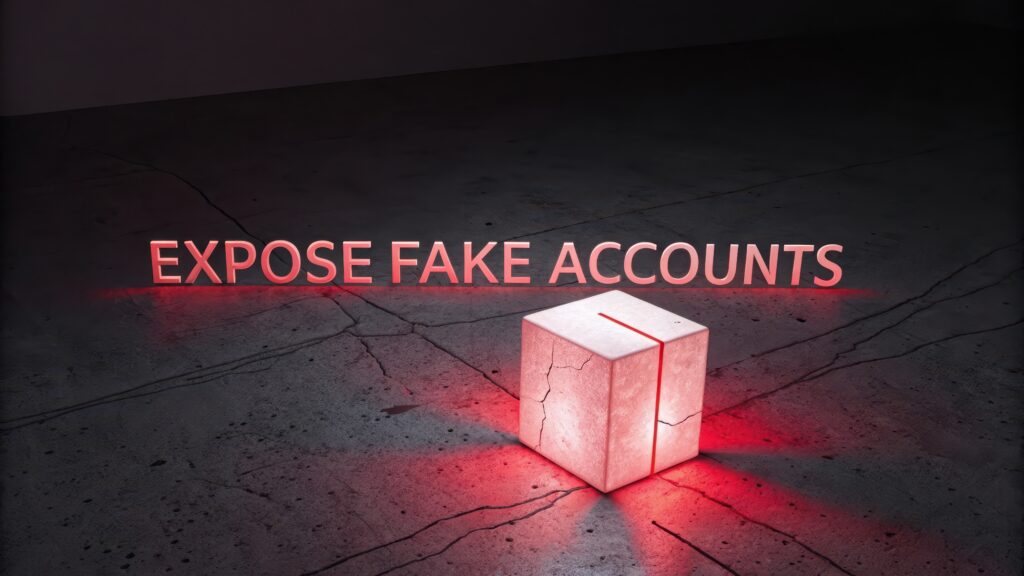


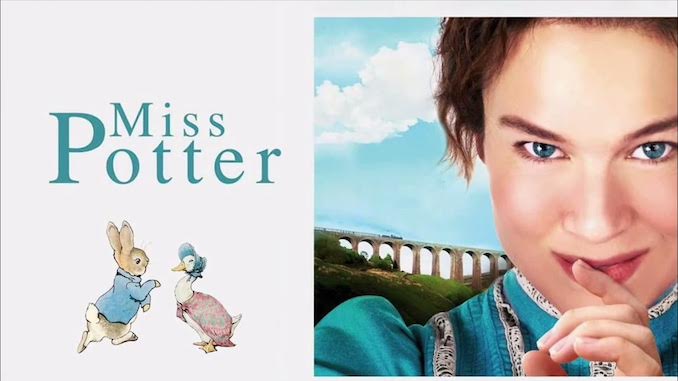

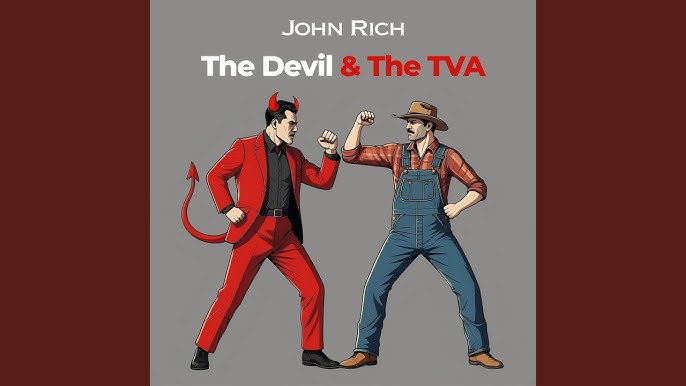


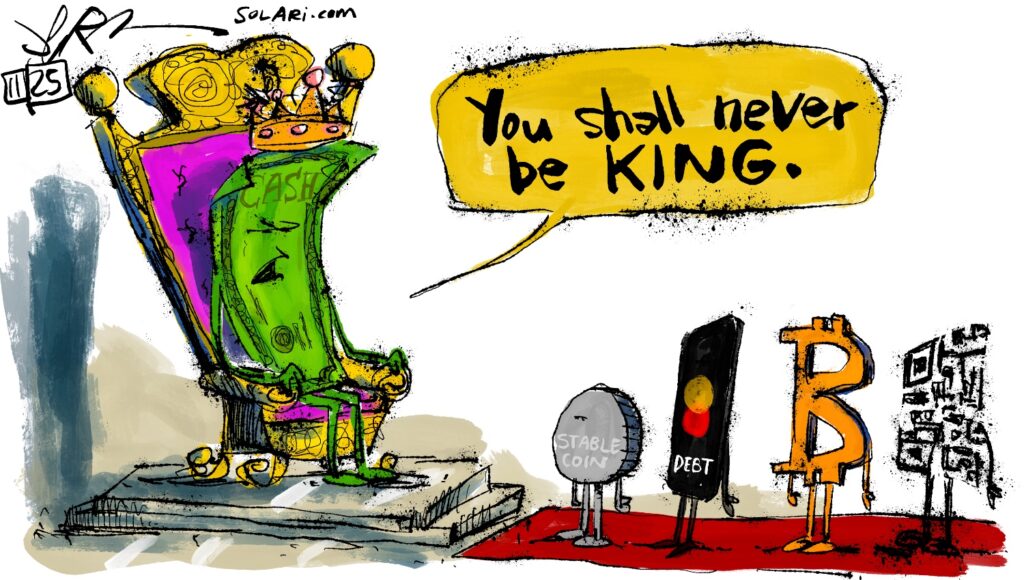
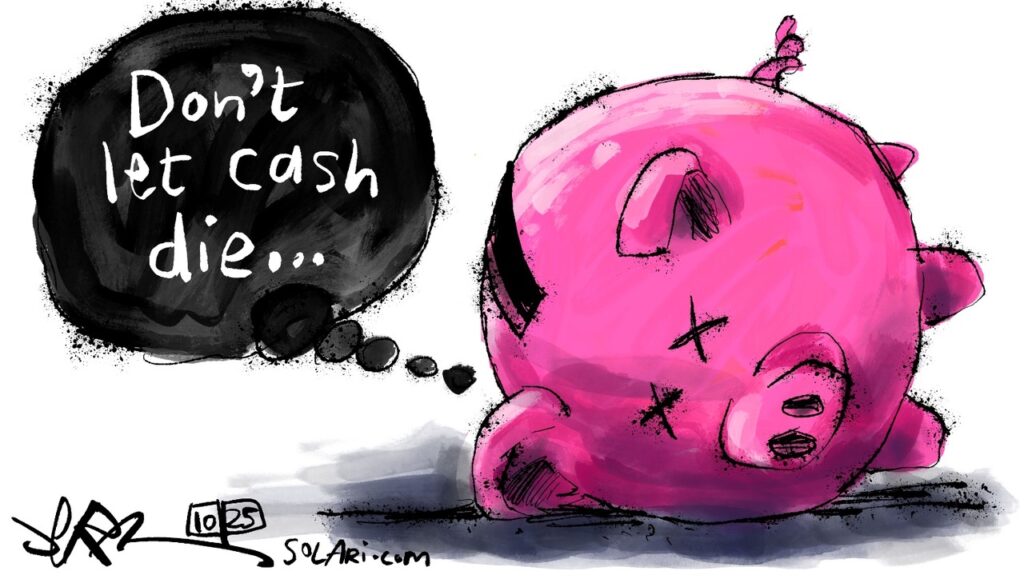

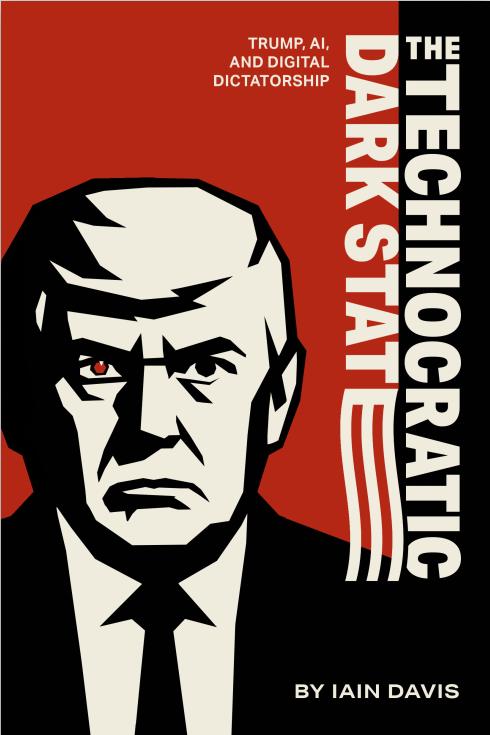
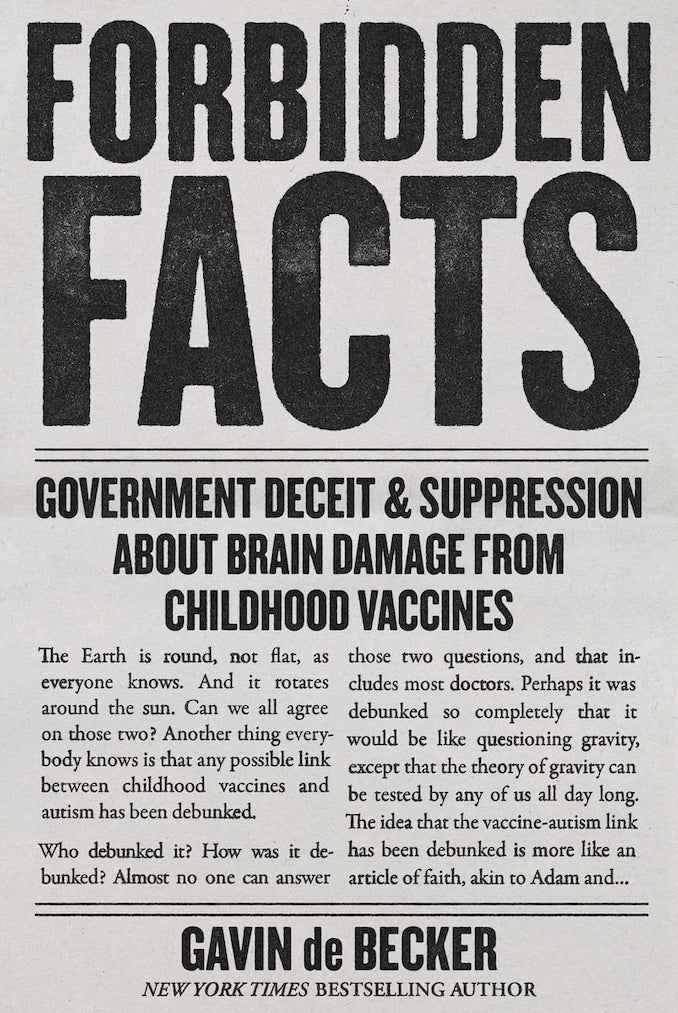

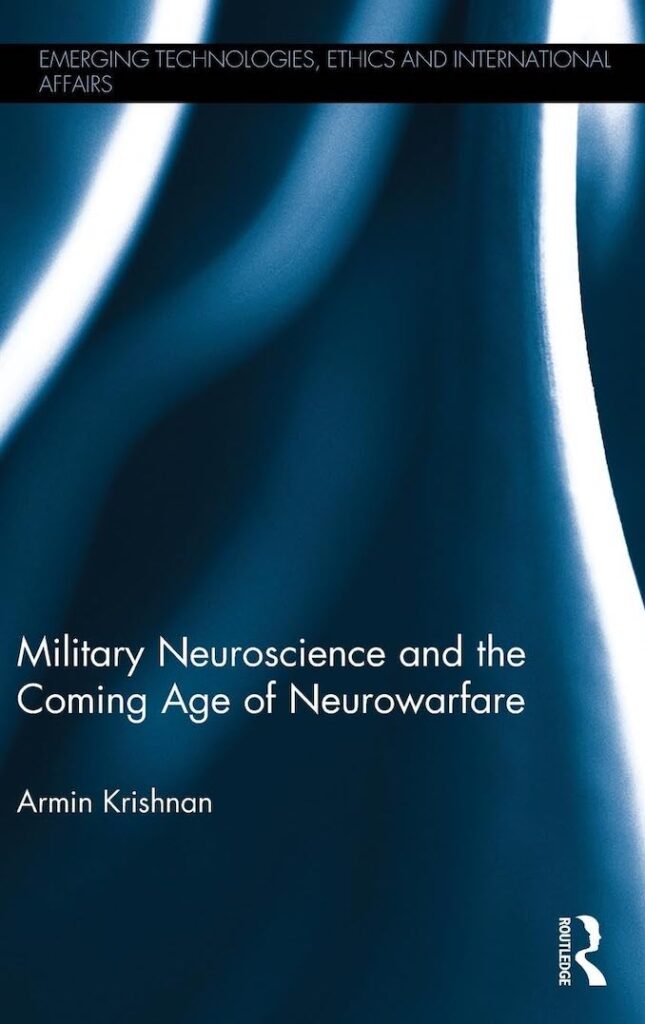
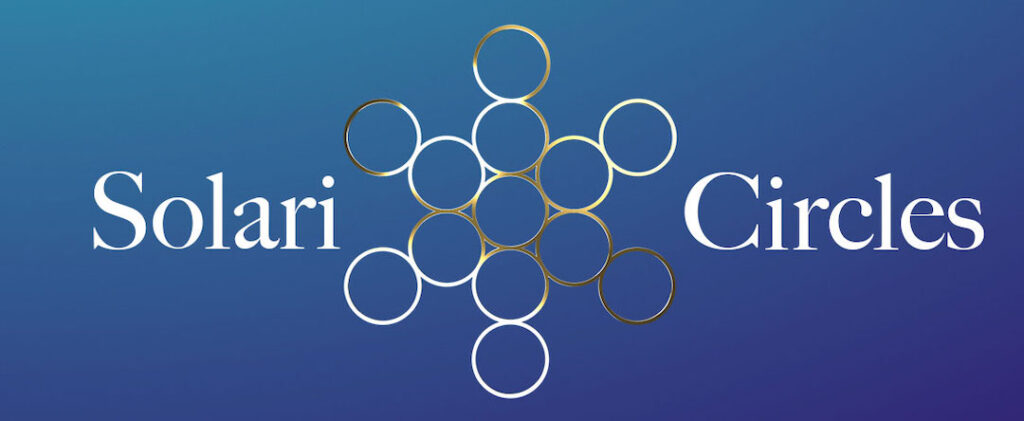

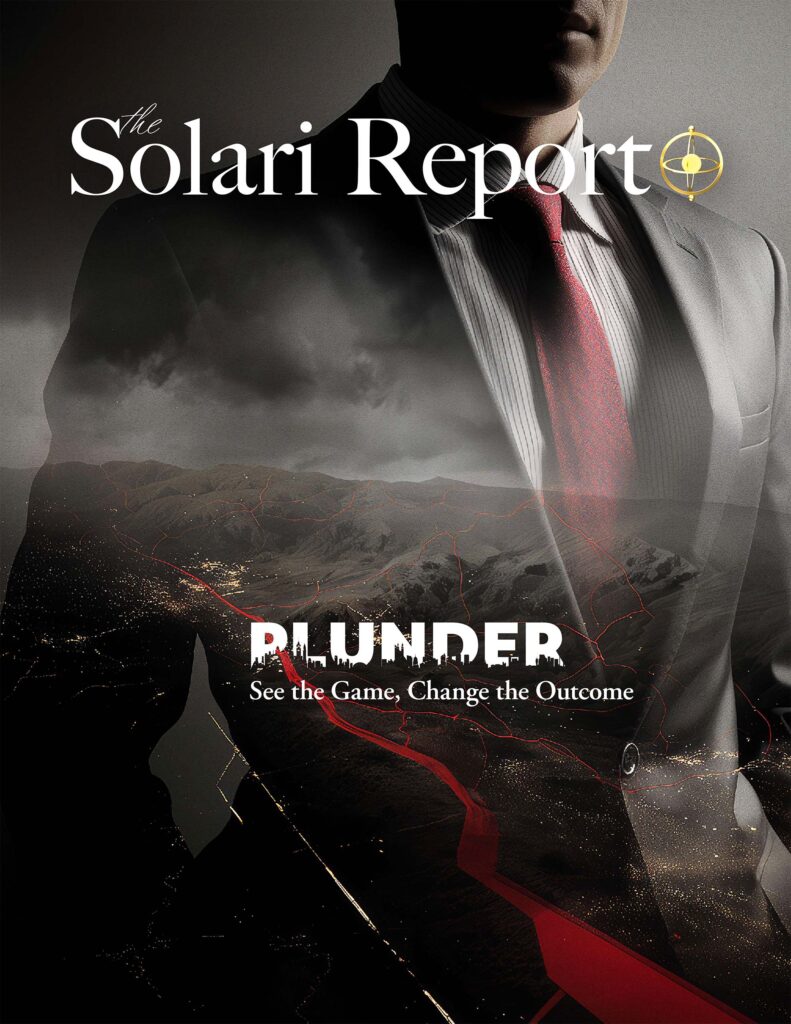
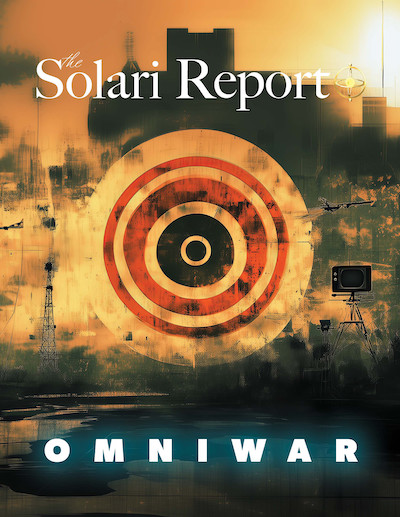
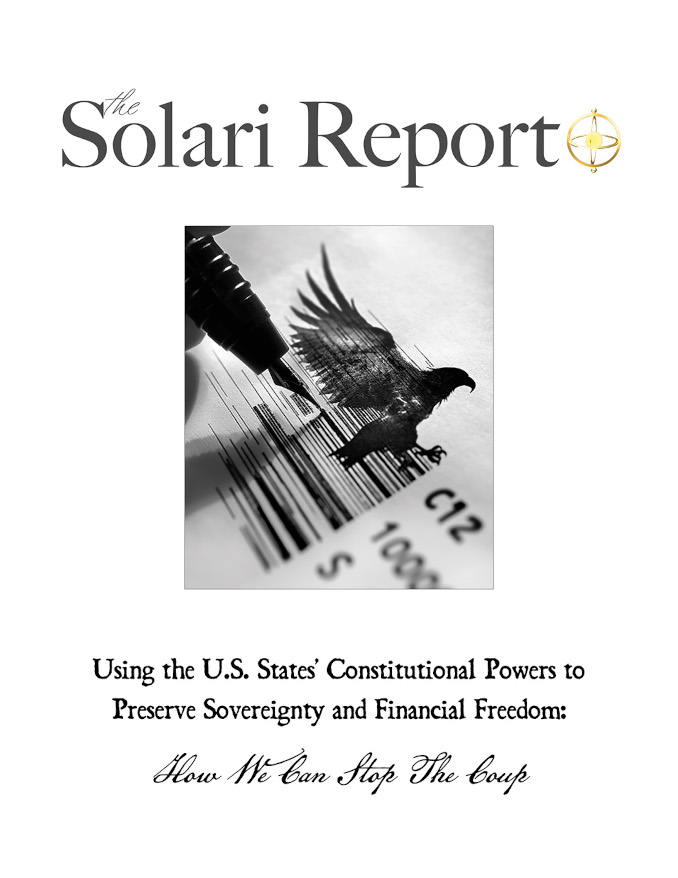
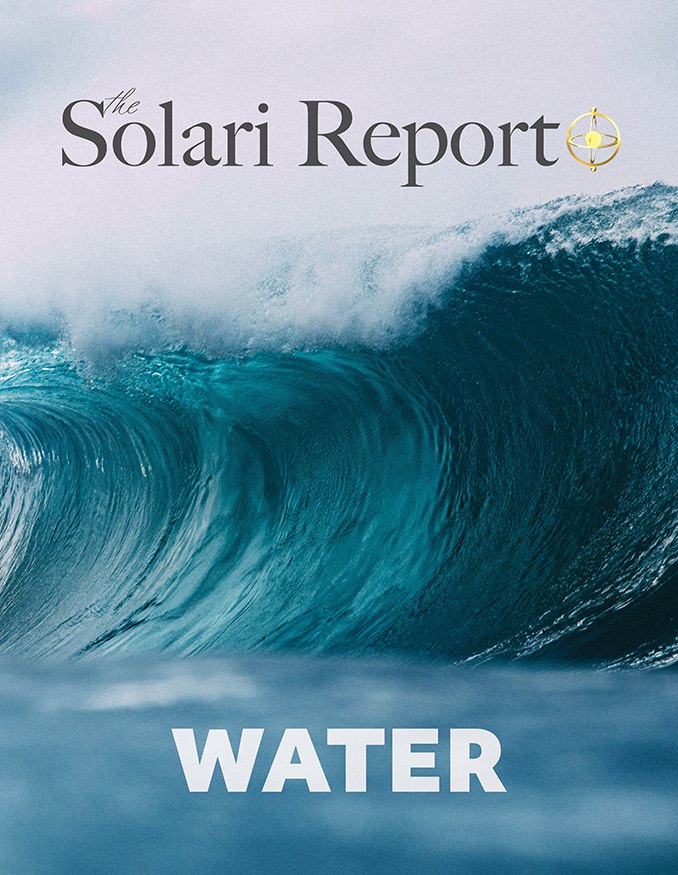
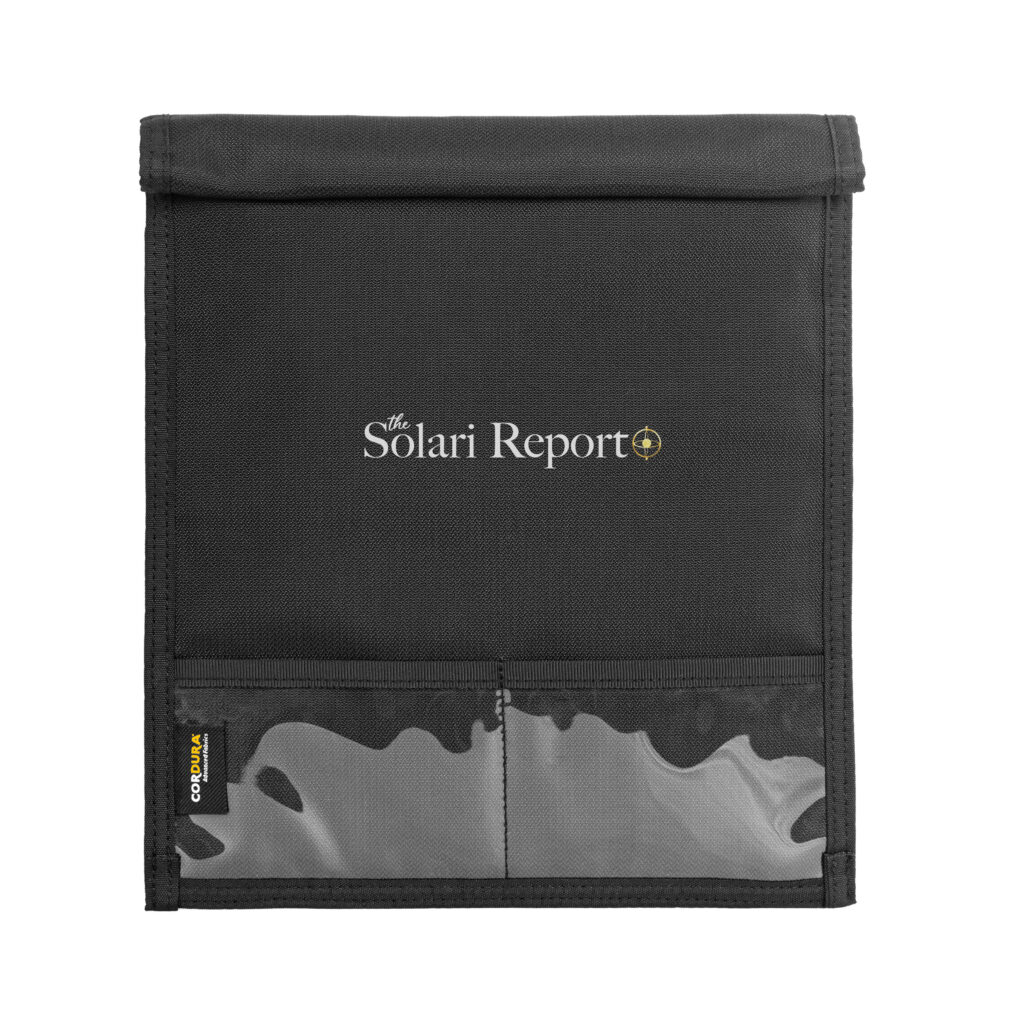
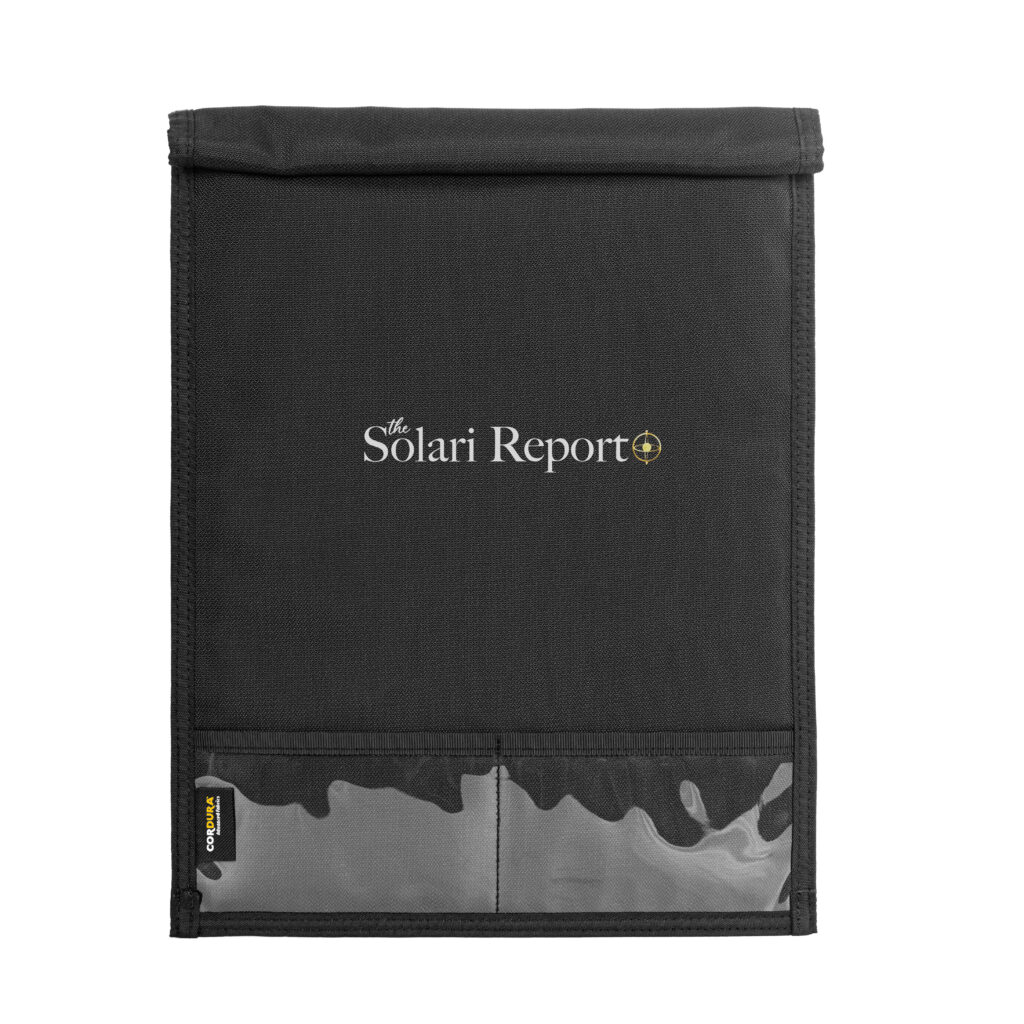
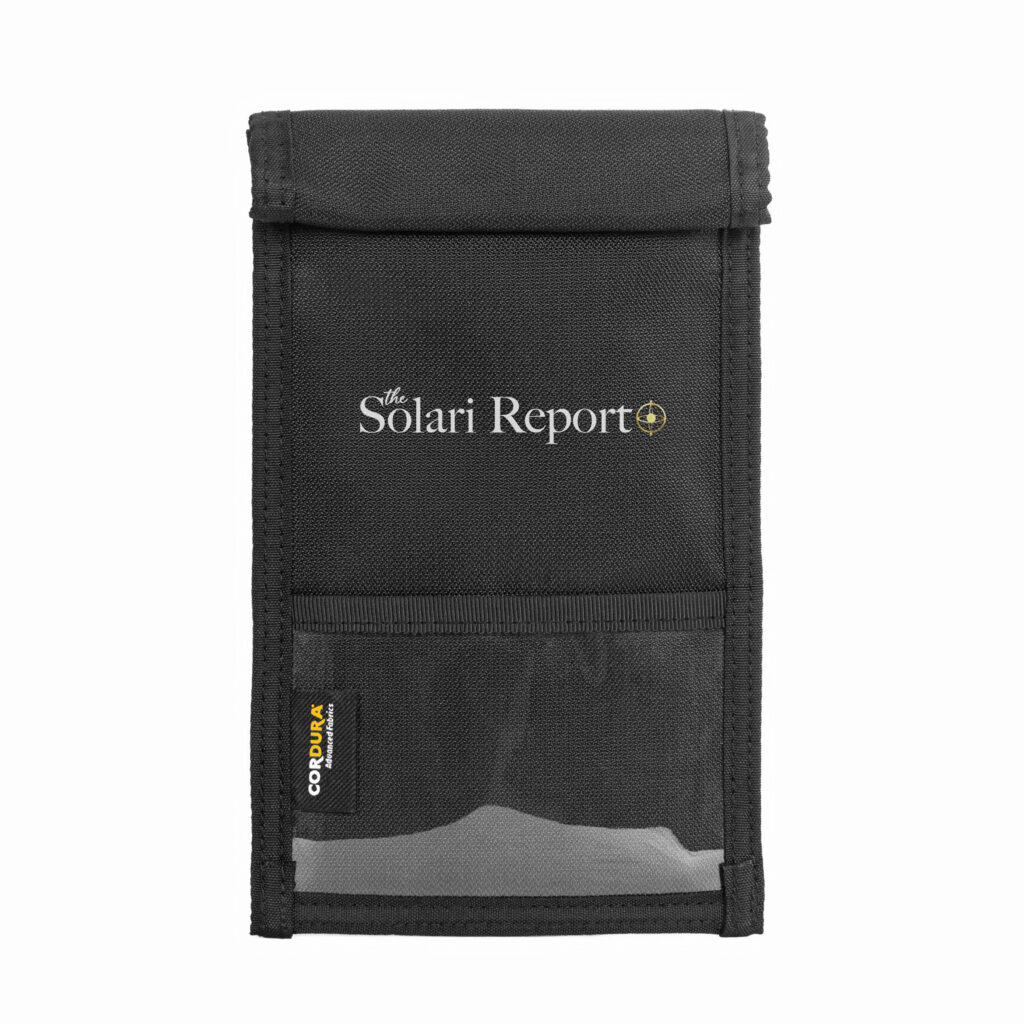
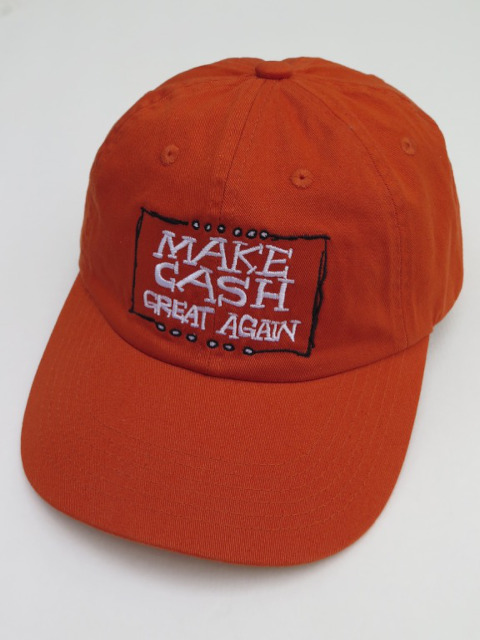
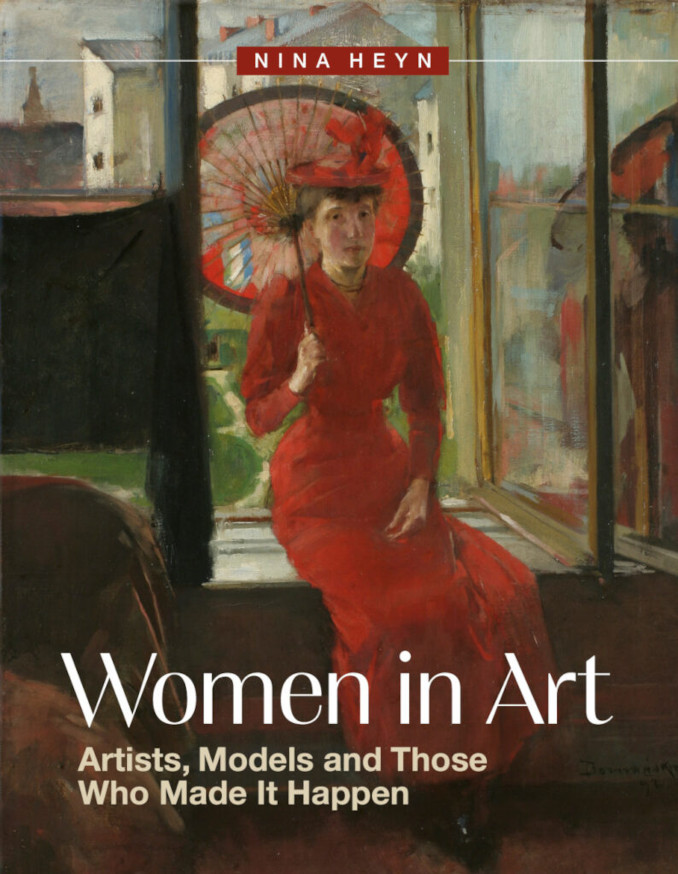
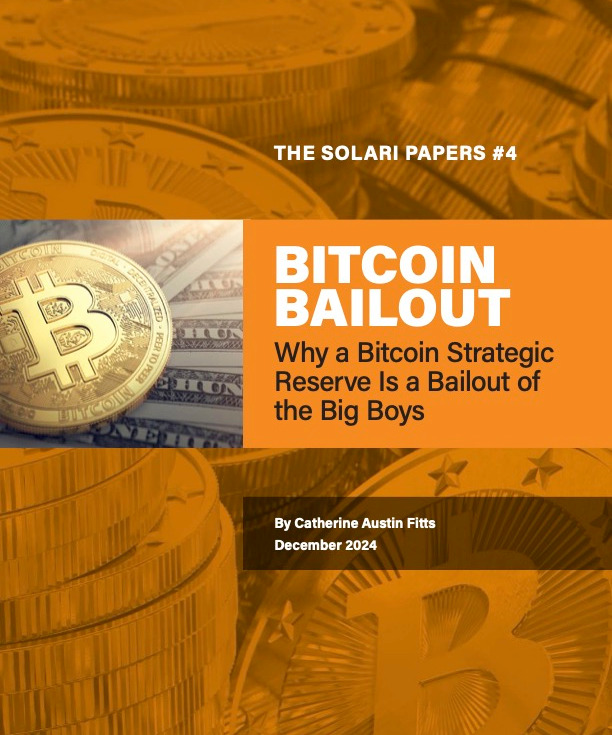


At time 5.30 in this video it states that in the 17th century The Dutch East India Company traded silks from India with Japan in exchange for Japan’s famous and crucial supply of silver. My understanding is that in the 17th century, Japan was a poor and feudal country. It was only during the Meiji restoration that Japan became an economic power leading to the defeat of Russia in 1904.
I have never heard of the “famous and crucial” supply of Japanese silver. Where can I learn more about this?
At time 5.30 in this video it states that in the 17th century The Dutch East India Company traded silks from India with Japan in exchange for Japan’s famous and crucial supply of silver. My understanding is that in the 17th century, Japan was a poor and feudal country. It was only during the Meiji restoration that Japan became an economic power leading to the defeat of Russia in 1904.
I have never heard of the “famous and crucial” supply of Japanese silver. Where can I learn more about this?